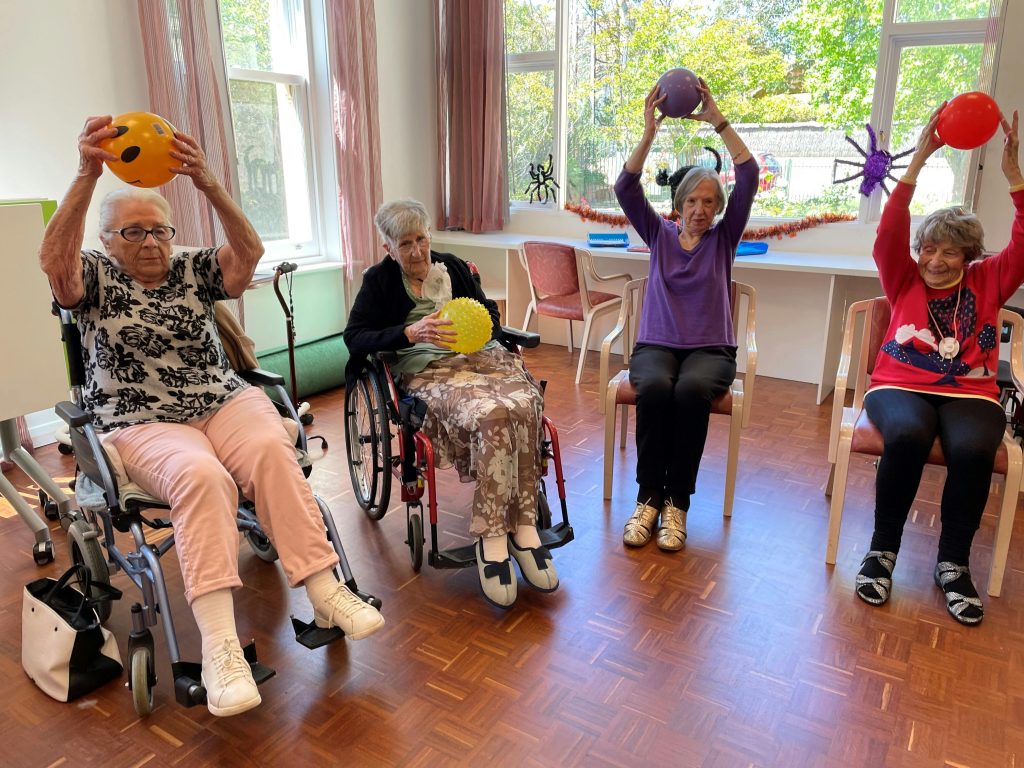Creating impactful brochures and marketing materials is not just about showcasing services—it’s about compassionately conveying a commitment to the well-being of residents. This comprehensive guide explores the intricacies of designing brochures and marketing materials tailored specifically for memory care facilities. By adopting the MECE (Mutually Exclusive, Collectively Exhaustive) framework, we delve into essential aspects that facilities need to consider for effective design, ensuring not only visual appeal but also a clear communication of the care and support offered.
I. Understanding the Unique Needs of Memory Care
A. Tailoring Design to Resident-Centered Care
Designing for memory care requires a nuanced approach that considers the cognitive and emotional needs of residents:
- Clear Imagery: Utilize simple and clear visuals to aid recognition and evoke positive emotions.
- Legible Fonts: Choose easy-to-read fonts to enhance accessibility for residents with varying cognitive abilities.
II. Crafting Compelling Content
A. MECE Content Components
Essential Content Sections
- Introduction
- Facility Overview and Mission Statement.
- Focus on Dementia-Inclusive Care.
- Services and Amenities
- Specialized Memory Care Programs.
- Facility Features and Safety Measures.
- Team and Expertise
- Profiles of Caregivers and Staff.
- Highlighting Dementia-specific Training.
- Testimonials and Success Stories
- Heartwarming Stories of Resident Experiences.
- Positive Feedback from Families.
B. Incorporating Storytelling
- Narrative Approach: Share personal stories that showcase the individuality of residents.
- Family Testimonials: Include testimonials from families expressing trust and satisfaction.
III. Visual Design Elements
A. MECE Visual Components
Essential Design Elements
- Color Palette
- Calming and Neutral Colors to Promote a Soothing Environment.
- High Contrast for Readability.
- Imagery
- Authentic Photos of Residents and Caregivers.
- Inclusion of Facility Spaces and Activities.
- Typography
- Readable Fonts with Adequate Spacing.
- Bold Headings for Easy Navigation.
B. Custom Illustrations and Icons
- Custom Icons: Develop symbols that represent key amenities and services.
- Illustrations: Include personalized illustrations to add a touch of warmth and familiarity.
IV. Layout and Structure
A. MECE Layout Principles
Layout Considerations
- Information Hierarchy
- Prioritize Essential Information.
- Use Headings and Subheadings for Clear Segmentation.
- Easy Navigation
- Intuitive Flow from Section to Section.
- Incorporate Design Elements as Visual Cues.
B. Interactive Elements
- QR Codes: Link to Virtual Tours or Additional Online Resources.
- Fold-Out Sections: Provide Additional Information in an Engaging Format.
V. Print vs. Digital Design
A. Tailoring for Multiple Formats
Format Considerations
- Print Design
- High-Resolution Images for Print Clarity.
- Matte Finish for Reduced Glare.
- Digital Design
- Interactive PDFs for Online Viewing.
- Web-Optimized Images for Quick Loading.
B. Accessibility Features
- Alt Text for Images: Enhance accessibility for individuals with visual impairments.
- Read-Aloud Compatibility: Ensure compatibility with screen reader software.
VI. Compliance and Ethical Considerations
A. Adhering to Industry Standards
- HIPAA Compliance: Safeguard resident privacy and medical information.
- Accuracy in Information: Ensure all details align with actual services and amenities.
VII. Collaboration with Marketing and Sales Teams
A. Internal Collaboration Strategies
Coordinated Efforts
- Aligning Messaging
- Consistent Branding Across Brochures and Online Platforms.
- Coordination with Marketing for Seamless Communication.
- Training Sales Teams
- Equipping Sales Teams with In-Depth Knowledge of Brochure Content.
- Providing Resources for Addressing Family Inquiries.
VIII. Measuring Effectiveness
A. Key Performance Indicators (KPIs)
KPIs for Brochure Effectiveness
- Engagement Metrics
- Tracking Brochure Downloads and Views.
- Monitoring Click-Through Rates on QR Codes.
- Conversion Rates
- Analyzing Inquiries and Tours Resulting from Brochure Interaction.
- Soliciting Feedback from Families and Prospective Residents.
IX. Continuous Improvement Strategies
A. Feedback Mechanisms
- Family Surveys: Gather insights from families on the clarity and impact of the brochures.
- Staff Input: Encourage input from caregivers to enhance the understanding of resident needs.
X. Conclusion
In conclusion, designing brochures and marketing materials for memory care facilities goes beyond aesthetics—it is a medium to convey empathy, trust, and a commitment to providing specialized care. By employing the MECE framework and addressing each facet in a thorough manner, facilities can create materials that not only outrank competitors on Google but, more importantly, resonate with families seeking compassionate and comprehensive memory care for their loved ones. Elevate your memory care facility’s presence through thoughtful and purposeful design that reflects the heart and soul of your commitment to residents’ well-being.



